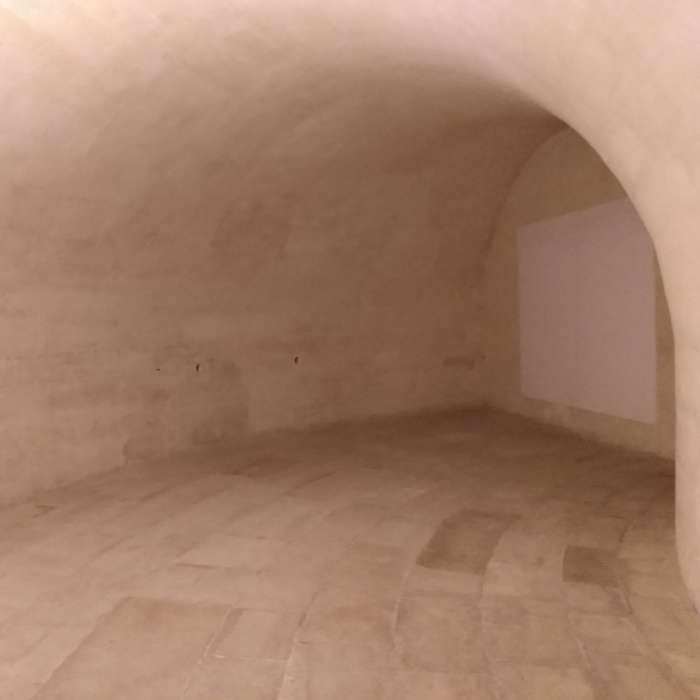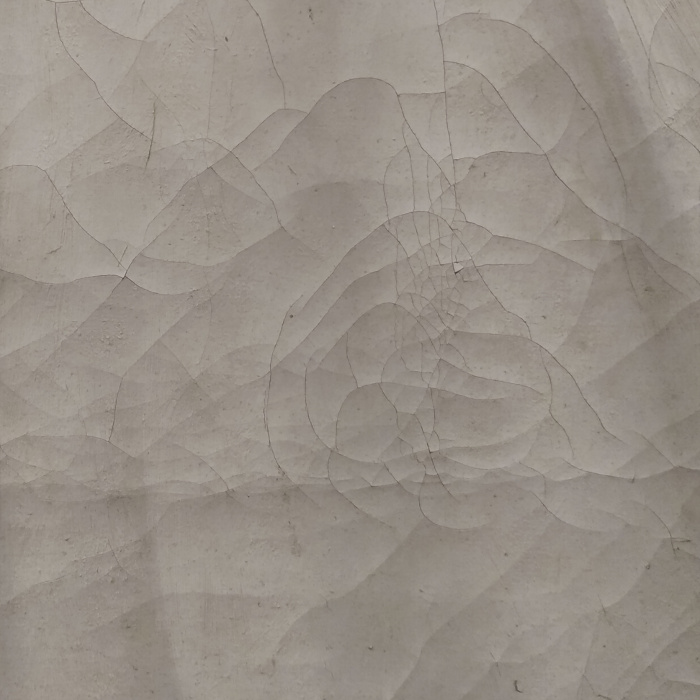I’m absolutely delighted to have two shows on framework, the fascinating weekly radio show and podcast devoted to field recordings and sound compositions made from them. The first one (#691) is up today, and the second will appear in two weeks. They’re in framework:afield, the “guest-curated series produced by artists from all corners of the globe and based on their own themes, concepts or recordings,” which alternates with episodes constructed by the host and producer, Patrick McGinley.
I can’t remember how I first heard of the show or when I started listening to it, but was probably about three years ago. (And I started supporting it last year with a monthly donation.) I never miss an episode, and I’ve gone back into the archives to work through past shows. I’m very happy to be a contributor now. It’s a real honour—the list of other contributors includes many great artists. It’s amazing to know my work will actually be broadcast on radio stations around the world, and downloaded by its many podcast listeners.
My two hours are France Audio Montage, a two-hour audio memoir of a trip to France in July 2019: first in Toulouse for the useR! 2019 conference and then in Paris for a week.
If you don’t already listen to framework then you can get a feel for what it’s like from the previous episode, #690, which has some wonderful sounds and juxtapositions. Then I recommend subscribing to the podcast and trying it out for a few weeks.
Here are my notes for my two episodes, listing what the sounds are. I do voice-overs to introduce each hour and to explain every now and then what we’re hearing.
Many thanks to Patrick McGinley for accepting my two hours—and, more importantly, for all the work he does on framework.
Part One

- Waiting to board my plane back to Toronto (Charles de Gaulle Airport, 20 July 2019)
- Waiting to board my plane to Paris (Toronto Pearson International Airport, 07 July 2019)
- Before take-off (Toronto Pearson International Airport, 07 July 2019)
- On the high-speed train from Paris to Toulouse (outside Toulouse, 08 July 2019)
- In the Jardin Compans-Caffarelli, by the Centre de Congrés Pierre Baudis (Toulouse, 10 July 2019)
- End of a keynote talk at useR! 2019 by Prof. Julie Josse, used with her kind permission; the full talk is available on YouTube (Toulouse, 10 July 2019)
- Where the Canal de Brienne meets La Garonne; singing woman was under a bridge over the canal on this side of the river while the percussion group was on the other side (Toulouse, 10 July 2019)
- Dining at Le Dahu, 10 rue des Blanchiers (Toulouse, 12 July 2019)
- On the high-speed train from Toulouse to Paris (outside Paris, 13 July 2019)
- Flypast at the Bastille Day Parade, south of the Arc de Triomphe (Paris, 14 July 2019)
- Walking through the Tuileries Garden (Paris, 14 July 2019)
- By the Henri Laurens sculptures, outside on the fifth floor of the Centre Pompidou (Paris, 15 July 2019)
- At the mausoleum of Auguste Maquet in Père Lachaise (Paris, 17 July 2019)
- In the vault containing the tomb of Alexandre Dumas under the Pantheon (Paris, 19 July 2019)
Part Two

- Dining at Le Dada, 12 avenue des Ternes (Paris, 19 July 2019)
- The Place Vendôme (Paris, 17 July 2019)
- Walking from the Place Vendôme to the Tuileries Metro station, then taking the Metro to Ternes (Paris, 17 July 2019)
- The Venus de Milo in the Louvre (Paris, 18 July 2019)
- On the shore of the Seine, by the Musée d’Orsay (Paris, 19 July 2019)
- In the garden at the Musée National Eugène-Delacroix (Paris, 19 July 2019)
- Waiting to board my plane back to Toronto (Charles de Gaulle Airport, 20 July 2019)
- Landing in Toronto (Toronto Pearson International Airport, 20 July 2019)
Technical notes
All of the recordings were made on a Zoom H5. The Père Lachaise recording used OM1 omnidirectional microphones made by Line Audio, and all the rest used the built-in mic. Editing was done on Audacity.
 Miskatonic University Press
Miskatonic University Press